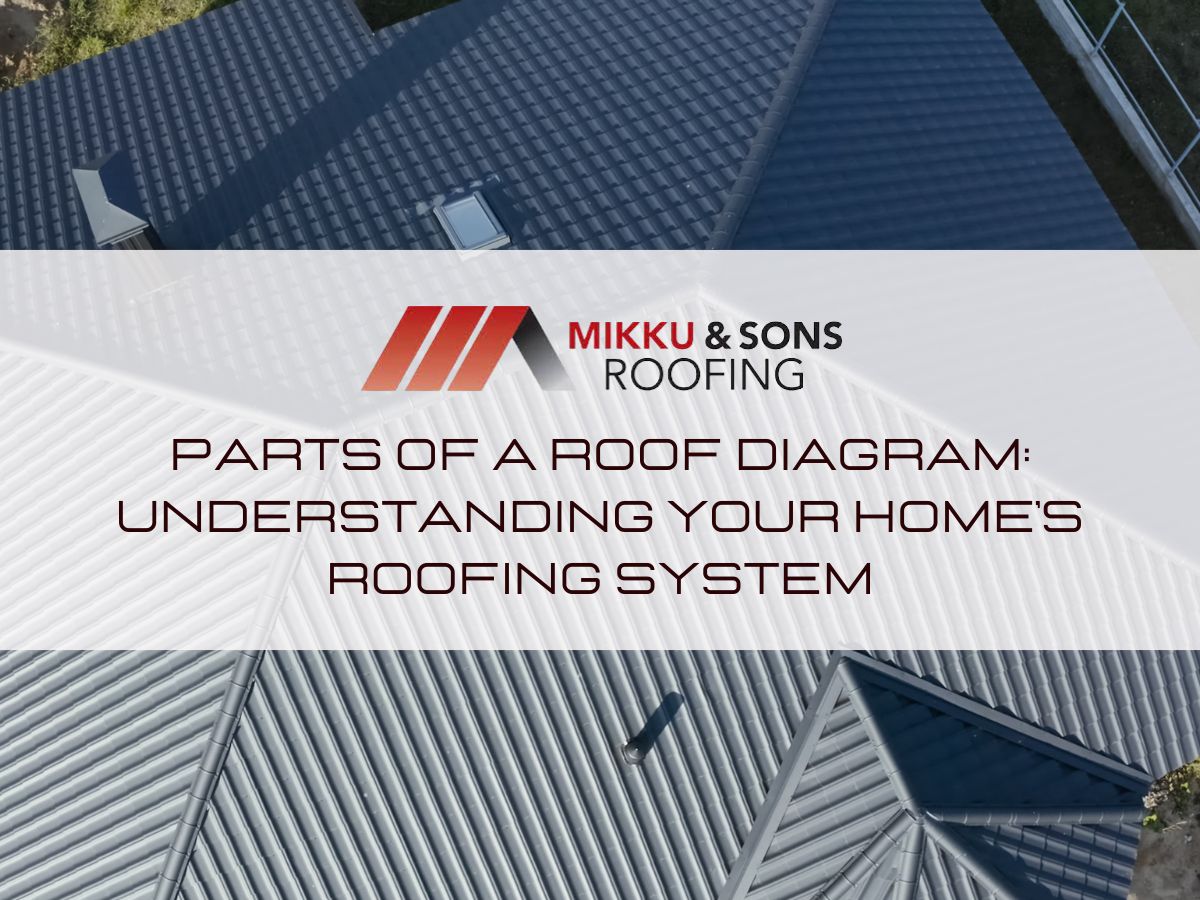
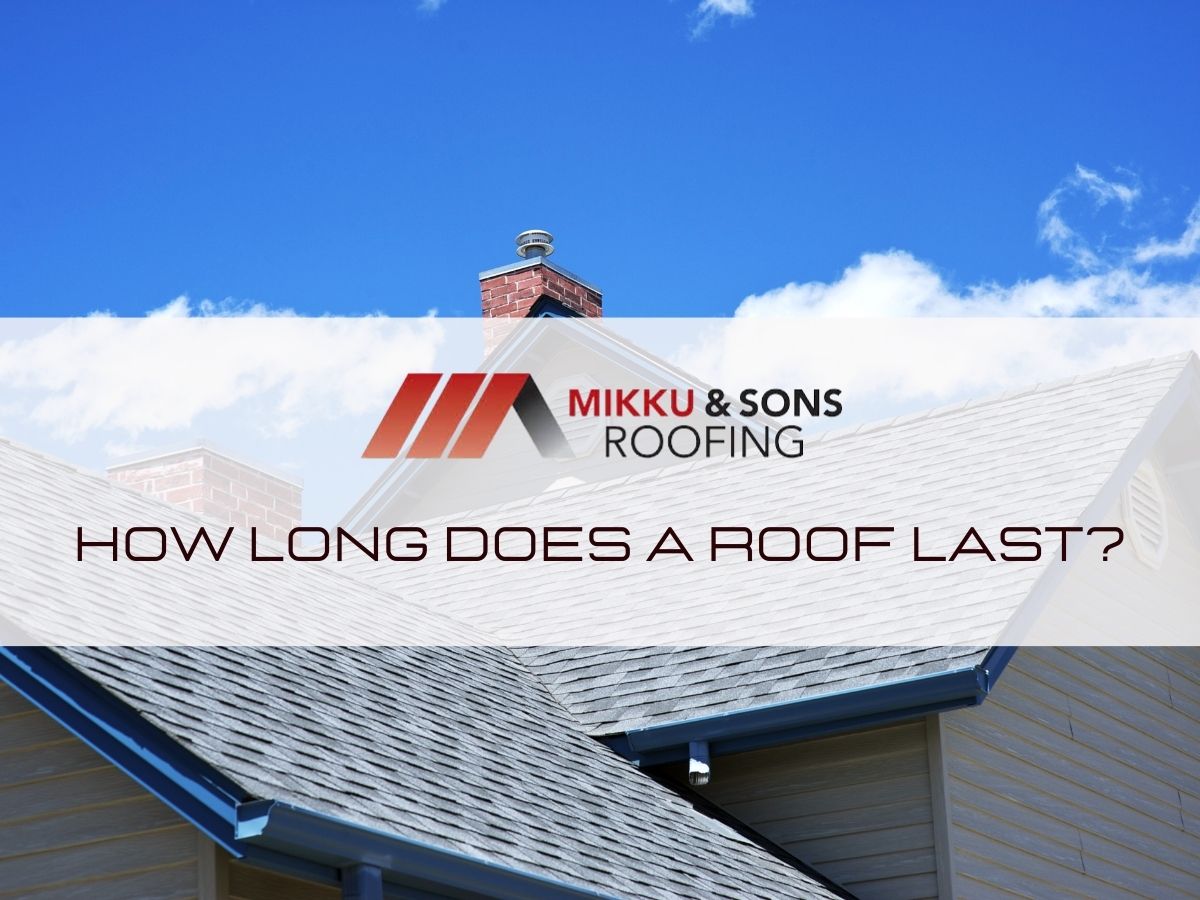
Different types of roofs have different shelf lives. It is essential to know which kind of roof is best for your convenience.
This is also handy for checking when roof repairs should be made. A roof starts deteriorating at a certain point in time.
Keep reading our article, exploring the factors that determine How Long A Roof Lasts.
A roof is constructed using a variety of materials and construction techniques. Each technique and material play a role in determining the shelf life of a roof.
A roof is primarily made up of the following materials:
The techniques used in the construction of roofs directly impact the longevity of the materials used in the construction. Some external factors can influence the shelf life of a roof, such as the weather.
Natural disasters or the elements themselves could cause damage to a roof.

Even if your roof contractor gives you a firm guarantee on how long a roof lasts, it may not be enough. Natural disasters on a huge scale could cause significant damage to a roof in a matter of seconds.
Snow or rain accompanied by strong winds may cause water to be pushed into the roof cladding. Depending on how the roof was constructed, this could be a severe problem or something that occurs over time.
Water and snow accumulation beneath the roof cladding can result in ice and water dams, which can cause damage to the interior roof, including the wood and even the house’s structure. The weight of the ice and water dams may also cause the house’s roof to cave in on top of it.
Hurricanes and tornadoes can be powerful enough to lift a portion of the entire roof off its foundation. In addition, when a tree falls on the roof due to strong winds or a lightning strike, the roof may be destroyed, and a fire may erupt.
When highlighted on a house, plants and the general green ecosystem have a dreamy aesthetic appearance. A roof with moss growing on it may appear beautiful at first, but the roof will deteriorate over time due to the moss.
Moss can cause shingles to lift in the case of a shingled roof, and it can also collect moisture, which can cause damage to the roof shingles and the roof frames. Taking care of any leaves or plant life that grows on a roof should be done as soon as they appear.
An industrial building with wide variations in temperature and working conditions, such as one housing a factory, is more likely to suffer from roof deterioration than a home’s roofing material.
If a porch roof is poorly connected to the main house or stressed by natural forces such as wind, the internal roof structure of the main house may be subjected to additional stress and strain. The porch roof may also compromise the structural integrity of the main house’s internal roof structure in the long run.
If your house is located in an area with extreme heat or cold may have a roof susceptible to damage from the elements. This takes into account weather conditions such as snow or rain.
To better understand this, we will study the lifespan of various common types of roofs.
When used in conjunction with other sub-layering materials such as waterproof underlayment, shingles provide roof cover for a home.
The durability of your shingles depends on the materials they are made out of.
Asphalt shingles are produced in two different styles, architectural and 3-tab shingles. They both have granules applied to the top layer and fiberglass applied to the back layer.
They are distinct in a few ways.
3-tab shingles
In areas with severe climatic conditions, these last approximately 7 to 10 years, and those with mild climatic conditions last about 12 to 15 years. Because of their short lifespan, they come with a shorter warranty period.
Architectural shingles
When compared to 3-tab shingles, they have more materials that are more long-lasting. Architectural shingles are heavier and, therefore, more resistant to damage.
They have a lifespan of approximately 18 to 20 years, with some areas experiencing longer lifespans of up to 30 years.
If compared to 3-tab shingles, they are more expensive, but they require less maintenance in most cases.
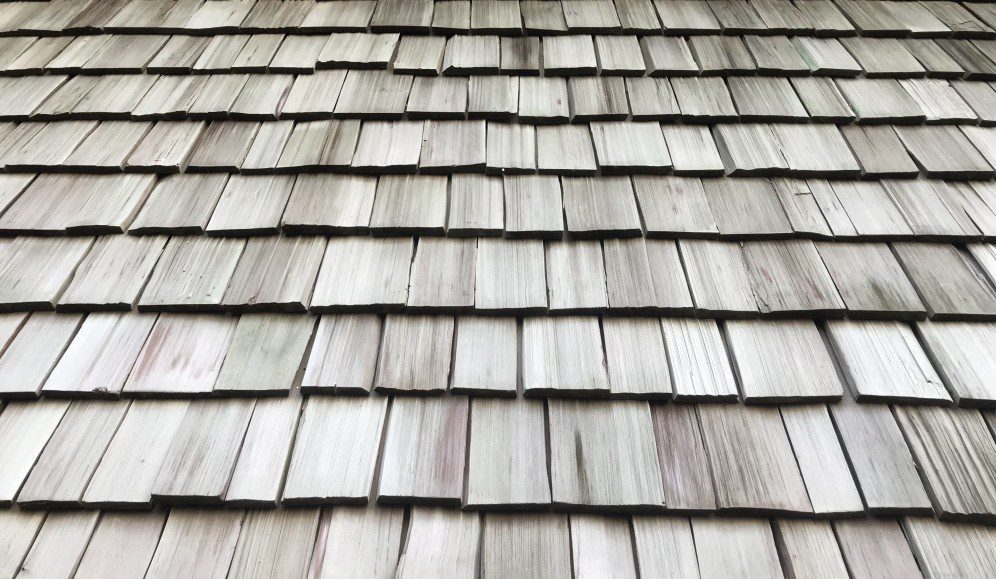
Wood shingles last for up to 30 years under normal conditions, but only 20-25 years in areas that have been subjected to extreme heat and weather for an extended period.
On the other hand, wood requires more attention and maintenance, and it is susceptible to damage from termites, fire, mold, mildew, and storm damage.
Essentially, these are shingles made of polymer, plastic, or rubber and are designed to look like slates or wood tiles. Compared to wood shingles, they provide superior protection against heat, fire, and storm damage.
They can last for up to 40 or 50 years, and they are available in various color options.
These are roofs covered with rectangular tiles in shape and resemble shingles but are significantly larger and heavier.
Since they are heavy and expensive, a homeowner should consult with a construction company or structural engineer to determine whether or not the roof can support the tile installation.
They have a long life expectancy of more than 50 years, and they may even live for as long as 100 years in some cases. They can withstand high temperatures, hail, and precipitation.
These can last for up to 50 years or more, and they are resistant to heat, fire, and storms. Concrete tiles reflect sunlight, which can cause the roof cladding to deteriorate over time.
There are several different gauges of roofing metal, such as 30 and 32 gauges. Roofs made of 28-gauge metal are primarily used in industrial settings where resistance to the elements is required to function correctly.
Depending on the gauge, they can last anywhere from 50 to 75 years. The lower the gauge, the tougher the roof is.
This is the basic structure of the roof. It has a significant impact on the stability of the roof and the overall design of the roof.
Valley boards and rafters make up the roof structure on which the roof cladding will be installed.
Roof trusses are built to last as long as the house itself. This is guaranteed if no external damage is done to the house or roof structure itself.
These are very common and easier to set up than other options. It retains heat better than metal trusses, which helps to keep a house warm because metals are excellent heat conductors.
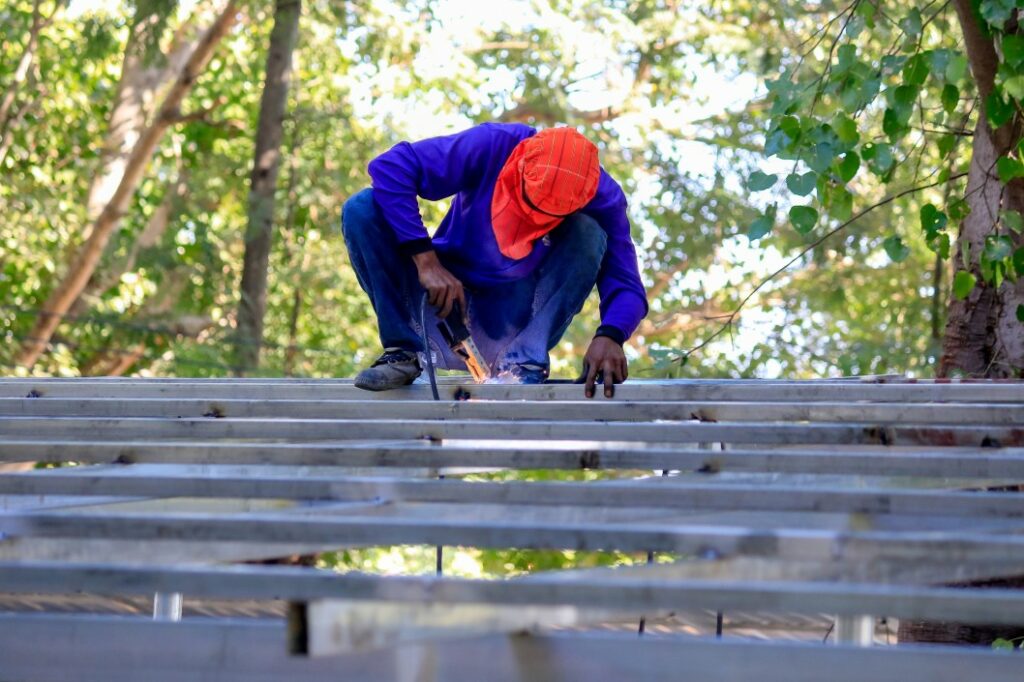
They are more expensive than wood trusses, but they last for a more extended time. They do, however, require more maintenance since they expand and contract with temperature changes.
The installation of metal trusses takes a long time and necessitates using a diverse range of skills among the construction crews.
Metal trusses are not very effective at retaining heat, and it may be necessary to add additional heat insulation. They are also susceptible to rust damage as time passes.
Wooden trusses are becoming more common, and many homeowners are opting for them as a result.
They can withstand fire up to a critical point, whereas steel and concrete give way almost immediately. This is because they have similar expansion rates, making a burning house collapse more quickly.
Depending on a few factors, two roofs in the same area may have significantly different long-term durability.
It is possible to extend the life of your roof by following a few simple guidelines.
It would be unwise to install a metal roof in a windy location or wooden shingles in a climate with cold and heat extremes. Consult with your roof contractor for guidance on the best type of material to use to ensure that your home’s roof lasts for many years.
Every roof experiences wear and tear over time, and the weather conditions in a given area determine how quickly this occurs.
The way a roof is constructed has a significant impact on its long-term durability. An improperly built roof will be vulnerable to damage from the elements, such as snow and strong winds.
For example, on a shingled roof, if the underlayment is not installed incorrectly, water may leak through to the roof, causing water dams, which can cause structural damage to the house.
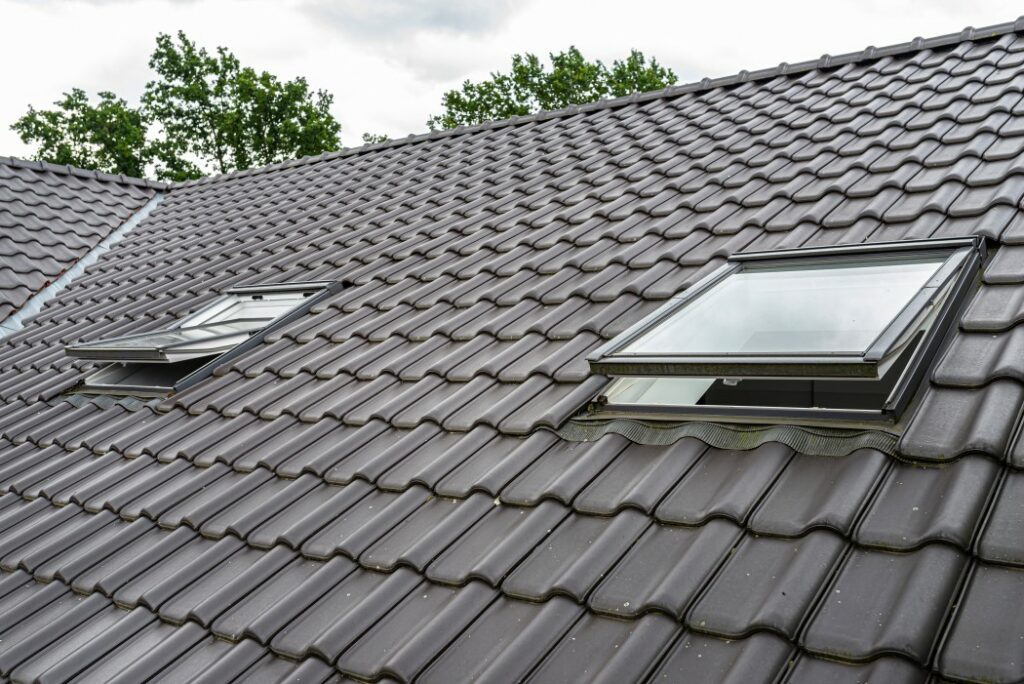
Regular inspections of your roof should be carried out by yourself or professionals. This is important because the source of significant roof problems such as moss or damaged shingles may be discovered early on, allowing the damage to be repaired before it worsens.
When the problem is discovered quickly, it can be repaired sooner rather than later, saving you money on damage costs as well as extending the life of your roof.
Make sure to consider external factors such as the sun’s direction when designing your home. Over time, the direct sun’s rays cause wear and tear on a roof’s surface.
If one side of your roof is more exposed to the sun than the other, one side may deteriorate quicker than the other. When a roof is aligned in the north-to-south direction, both sides receive nearly equal amounts of sunlight, depending on the time of year and the season.
For countries in the northern hemisphere, like the United States, the sun rises in the east and sets in the west, swinging through the southern hemisphere. As a result, the roof that faces south will receive more sunlight.
The length of time it takes to replace a roof is determined by the type of roof cladding used.
These are the ones:
Metal roofs = 50-75 years
Tiled roofs = 50-100 years
Please read the article in more detail about how different conditions and climates can affect your roof’s longevity. If you have a shingled roof, you’ll need to determine what material your shingles are made from before you can discover how long they will last.
Deteriorating roof signs can be detected even before the roof has been completely damaged.
Some of them are as follows:
1. A leaking roof or puddle stains on the ceiling
2. Visible damage like cracks and torn or open parts
3. Moss or plant growth on the roof
4. Curled or broken shingle edges
5. Sagging or a depression on the roof
6. Rot or mold
